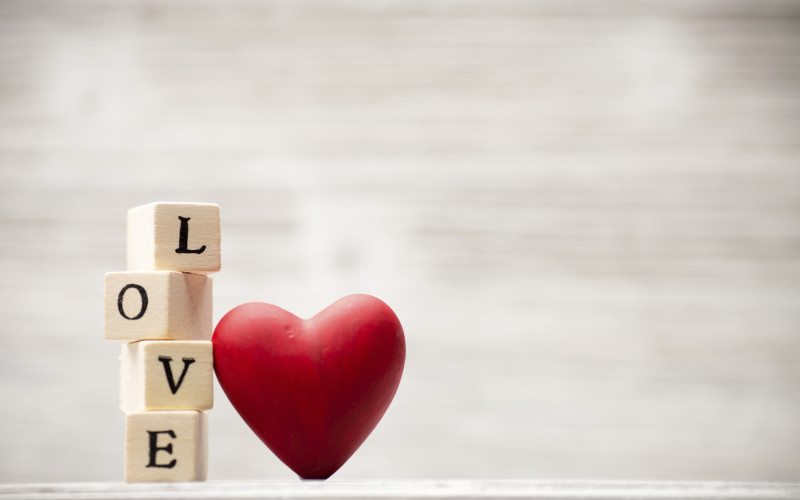Most connect February with Valentine’s Day.
Even if it feels like a consumer trap or even if one feels completely jaded, it’s hard to deny that Valentine’s Day is a lovely day. In the end, it’s a day built on love! Where is the wrong in that?
Social media accounts are inundated with pictures of flowers, oversized bears, and chocolates on chocolates as well as heartwarming messages of care and affection. Sometimes, it can be that reminder to tell everyone dear that they are loved.
While it is the hope that no one has to wait or be told to show their love for someone else, this is unfortunately not the case. For some relationships, no day is Valentine’s Day. The special day happens to fall in the middle of a month known nationally as Teen Dating Violence Awareness Month.
To be clear, this is not saying that non-teens are immune to dating violence. However, the spotlight is shining on a group that needs it.
One in three young people experience some form of dating violence or abuse. This exceeds rates of any other type of youth violence. In fact, girls and young women between the ages of 16 to 24 experience almost triple the national average of partner violence.
Violent behavior often begins between the age of 12 and 19, and the severity of violence is often greater in cases where the pattern of abuse was established young. The ramifications are deep.
Besides the physical and emotional scars it may leave, violent relationships can put victims at higher risk for substance abuse, eating disorders, risky sexual behavior, further domestic violence, and even suicidal behaviors. For example, Half of youth who have been victims of both dating violence and rape attempt suicide, compared to 12.5% of non-abused girls and 5.4% of non-abused boys.
College students are often not equipped to deal with violence. 57% say it is difficult to identify and 58% say they don’t know how to help someone’s who’s experiencing it.
The lack of awareness is a major problem.
Only a third of teens who were in an abusive relationship ever told anyone else about the issue. Dating violence has been defined as “a pattern of abusive behaviors used to exert power and control over a dating partner.”
This does not mean that the very first instance of abuse is not dating violence. It just means that it unfortunately usually involves a series of abusive behaviors that commonly escalates.
Anybody can experience dating violence, in any type of relationship (casual, serious, short-term, long-term, monogamous or not). Violence can range from physical, sexual, verbal, emotional, and digital abuse.
If you or a loved one is in an abusive relationship, please seek help. Visit loveisrespect.org. You can also call one of their representatives to chat online or to talk via phone. Just call (866)- 331-9474), 24/7.
Let’s continue to celebrate and spread love, all days of the year.








